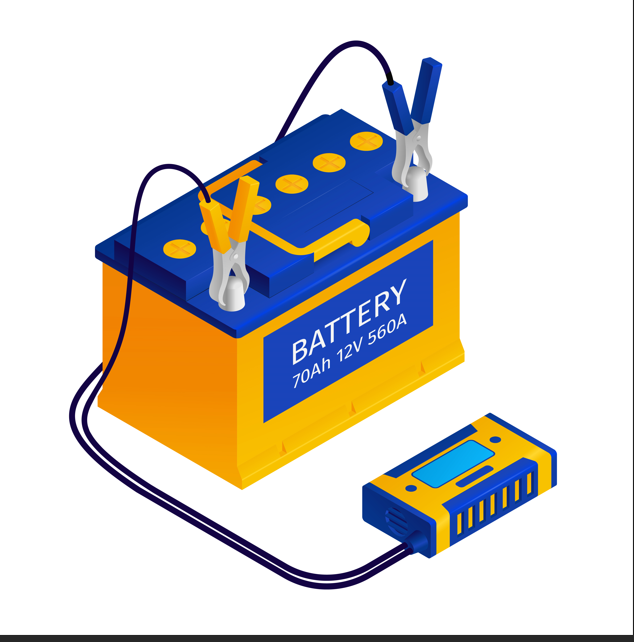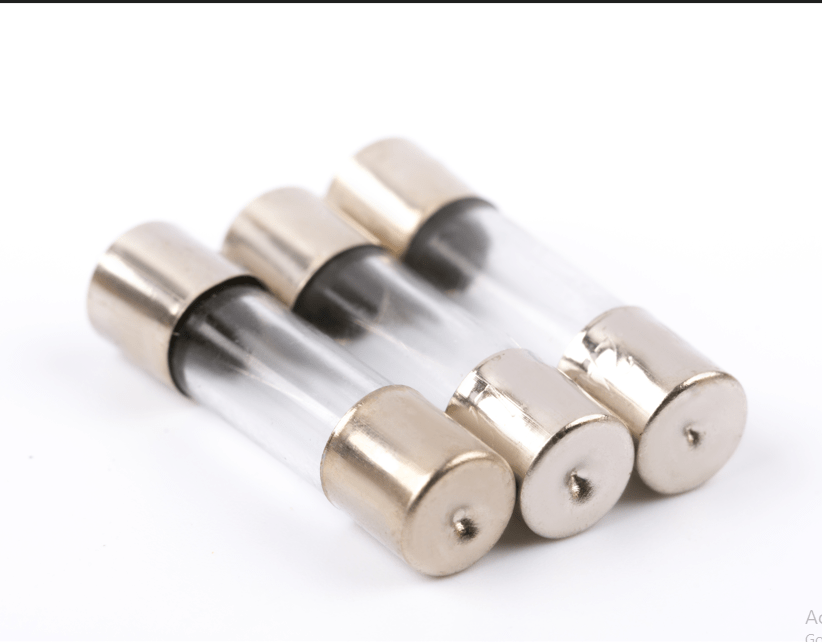Working of Drop out Fuse
When an overcurrent or short-circuit situation occurs, the fuse element within the device melts, disconnecting the circuit and preventing further damage to the electrical system.
Drop-out fuses are designed to be sensitive to both overcurrent and temperature changes. In the event of a sustained overcurrent, the fuse element’s temperature will rise, causing it to melt and break the circuit.
Additionally, these fuses are designed to respond to rapid temperature changes, such as those caused by a sudden short circuit, ensuring swift protection for the electrical system.
Construction of Drop out Fuse
Drop-out fuses are typically composed of three main components:
a) The fuse element: The fuse element is a thin strip of metal alloy, chosen for its specific melting characteristics at various current levels.
b) Thefuse tube: the fuse element is enclosed in fuse tube, which is often made of insulating materials like porcelain or glass fiber-reinforced plastic, to protect it from environmental factors and ensure proper insulation.
c) The fuse carrier: The fuse carrier is the external housing that holds the fuse tube in place, allowing for easy installation and removal. The carrier is often designed with a drop-out mechanism, which causes the fuse to automatically disengage from the circuit once the fuse element has melted. This drop-out feature is particularly useful in high-voltage applications, as it provides a visual indication of a blown fuse and allows for easy maintenance and replacement


